Home>Gardening & Outdoor>Landscaping Ideas>What Kind Of Grass Grows In Indiana
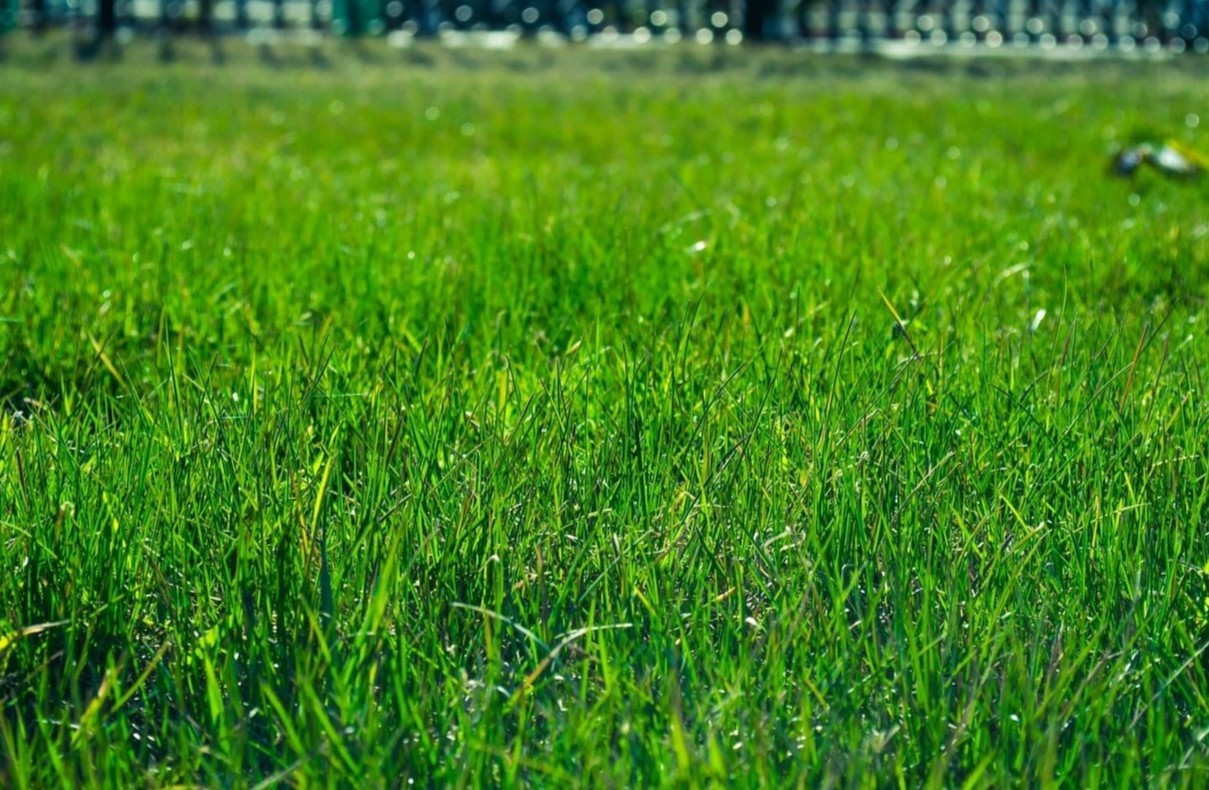

Landscaping Ideas
What Kind Of Grass Grows In Indiana
Modified: February 18, 2024
Looking for landscaping ideas in Indiana? Discover the best types of grass to grow in your Indiana lawn for a lush and beautiful landscape.
(Many of the links in this article redirect to a specific reviewed product. Your purchase of these products through affiliate links helps to generate commission for Storables.com, at no extra cost. Learn more)
Introduction
Welcome to the lush, green world of landscaping in Indiana! The Hoosier State’s diverse climate and soil conditions present a unique canvas for homeowners and landscapers alike. Whether you’re envisioning a sprawling lawn for outdoor gatherings or a cozy backyard retreat, choosing the right type of grass is the foundational step towards achieving your landscaping dreams. In this comprehensive guide, we’ll explore the climate and soil of Indiana, delve into the types of grass best suited for the region, and discuss essential tips for nurturing a thriving lawn. By the end of this journey, you’ll be equipped with the knowledge to transform your outdoor space into a verdant oasis that flourishes in Indiana’s environment.
Key Takeaways:
- Indiana’s diverse climate and soil conditions create a dynamic landscape for cultivating a variety of grass species, from the lush Kentucky bluegrass to the resilient tall fescue, offering homeowners a rich tapestry of options for vibrant lawns.
- By understanding the nuances of Indiana’s environmental dynamics and implementing best practices such as soil preparation, proper watering, and integrated pest management, homeowners can nurture thriving lawns that stand the test of time and environmental challenges, enhancing the beauty and functionality of their outdoor spaces.
Read more: What Kind Of Grass Grows In Tennessee
Climate and Soil in Indiana
Indiana experiences a diverse climate, with four distinct seasons that significantly influence the type of grass that thrives in the region. Summers are generally warm and humid, while winters can be cold and snowy, especially in the northern areas. Spring and fall offer transitional periods with moderate temperatures. These seasonal variations play a crucial role in determining the resilience of grass species in Indiana.
The soil composition across Indiana is equally diverse, ranging from rich, fertile soils in the central and southern regions to sandy or clay-based soils in other areas. Understanding the local soil conditions is essential for selecting grass varieties that can adapt and thrive in these different environments.
When it comes to landscaping, it’s important to consider the USDA hardiness zones that encompass Indiana. The northern part of the state falls within zones 5b to 6a, while the southern regions range from zones 6a to 7a. These zones provide valuable insights into the average minimum winter temperatures, aiding in the selection of grass species that can withstand the seasonal cold.
Furthermore, the annual precipitation in Indiana varies across the state, with higher levels in the southern regions compared to the northern areas. This discrepancy in rainfall influences the water requirements of different grass types, making it essential to choose varieties that can adapt to the local precipitation patterns.
Considering these factors, it’s evident that Indiana’s climate and soil present a dynamic landscape for cultivating a variety of grass species. By understanding the nuances of the region’s environmental conditions, homeowners and landscapers can make informed decisions when selecting the most suitable grass for their outdoor spaces.
Types of Grass Suitable for Indiana
Choosing the right type of grass is crucial for establishing a vibrant and resilient lawn in Indiana. Several grass species have proven to thrive in the state’s diverse climate and soil conditions, offering homeowners a range of options to create stunning outdoor landscapes. Let’s explore some of the most suitable types of grass for Indiana:
1. Kentucky Bluegrass (Poa pratensis)
Kentucky bluegrass is a popular choice for Indiana’s lawns, known for its fine texture and rich green color. This cool-season grass excels in the state’s climate, particularly in the northern regions, where winters can be harsh. It forms dense, lush lawns and exhibits excellent tolerance to foot traffic, making it ideal for residential lawns and recreational areas.
2. Tall Fescue (Festuca arundinacea)
With its remarkable adaptability to various soil types and moderate shade tolerance, tall fescue is a resilient option for Indiana’s landscapes. This cool-season grass thrives in the state’s central and northern regions, showcasing exceptional drought resistance and minimal maintenance requirements. Its deep roots contribute to its durability, making it an excellent choice for lawns and parks.
Read more: What Kind Of Grass Grows In Illinois
3. Fine Fescue (Festuca spp.)
Fine fescue encompasses several species, including creeping red fescue, chewings fescue, and hard fescue, each offering unique attributes that suit different environmental conditions. These cool-season grasses are well-suited for Indiana’s diverse landscapes, demonstrating adaptability to both sun and shade. Their low-maintenance nature and fine texture make them an attractive option for homeowners seeking a resilient and visually appealing lawn.
4. Perennial Ryegrass (Lolium perenne)
Perennial ryegrass is valued for its rapid germination and establishment, making it an excellent choice for overseeding or quick lawn establishment in Indiana. This cool-season grass thrives in the state’s moderate climate, displaying impressive tolerance to heavy use and recovery from stress. Its vibrant green color and fine texture enhance the visual appeal of lawns, making it a desirable option for residential and recreational landscapes.
By understanding the unique characteristics of these grass species, homeowners and landscapers can make informed decisions when selecting the most suitable grass for their outdoor spaces in Indiana. Whether prioritizing resilience, texture, or maintenance requirements, the diverse options available cater to a range of landscaping preferences, ensuring that every lawn flourishes in Indiana’s environment.
Best Practices for Growing Grass in Indiana
Successfully cultivating a lush and vibrant lawn in Indiana requires a combination of strategic planning, proper maintenance, and a deep understanding of the state’s environmental dynamics. By implementing best practices for growing grass, homeowners can nurture a resilient and visually appealing lawn that thrives in Indiana’s diverse climate and soil conditions. Here are essential guidelines for achieving optimal results:
1. Soil Preparation
Prior to seeding or sodding, it’s crucial to prepare the soil to create an optimal environment for grass establishment. Conduct a soil test to assess nutrient levels and pH, and make any necessary amendments to ensure a fertile and balanced substrate for growth.
Read more: What Kind Of Grass Grows In Houston
2. Selecting the Right Grass Species
Choose grass varieties that are well-suited for Indiana’s climate, considering factors such as temperature tolerance, water requirements, and shade tolerance. Tailoring the selection to the specific environmental conditions of your location will set the foundation for a successful lawn.
3. Proper Watering
Establish a consistent watering schedule, especially during the initial stages of grass establishment. Deep, infrequent watering promotes healthy root development and resilience to drought, aligning with the natural precipitation patterns of the region.
4. Fertilization and Maintenance
Implement a regular fertilization and maintenance routine to support the ongoing health of the lawn. Apply fertilizers according to the specific needs of the chosen grass species and perform routine mowing, aeration, and dethatching to promote vigorous growth and density.
5. Integrated Pest Management
Adopt an integrated pest management approach to address potential threats to the lawn, including weeds, insects, and diseases. Utilize environmentally friendly control methods and monitor the lawn regularly to detect and mitigate any issues promptly.
6. Seasonal Considerations
Adjust lawn care practices according to the seasonal variations in Indiana. Implement overseeding in the fall to maintain a dense and resilient lawn, and prepare the grass for winter dormancy by gradually reducing mowing height and addressing any outstanding maintenance needs.
By adhering to these best practices, homeowners can foster a thriving lawn that enhances the beauty and functionality of their outdoor spaces in Indiana. A well-maintained and resilient grassscape not only contributes to the visual appeal of the property but also provides a welcoming environment for recreational activities and outdoor enjoyment throughout the year.
Conclusion
As we conclude our exploration of grass cultivation in Indiana, it’s evident that the state’s diverse climate and soil conditions offer a dynamic landscape for creating stunning outdoor spaces. By understanding the nuances of Indiana’s environmental dynamics and selecting the most suitable grass species, homeowners and landscapers can transform their lawns into flourishing and resilient showcases of natural beauty.
From the lush expanses of Kentucky bluegrass to the hardy resilience of tall fescue, the array of grass species suitable for Indiana’s landscapes provides a rich tapestry of options for homeowners to express their landscaping preferences. By incorporating best practices such as soil preparation, proper watering, and integrated pest management, individuals can nurture thriving lawns that stand the test of time and environmental challenges.
Ultimately, a well-maintained and vibrant lawn not only enhances the aesthetic appeal of properties but also contributes to the overall well-being of communities. Whether it’s a space for outdoor gatherings, recreational activities, or simply basking in the beauty of nature, a flourishing lawn serves as a cornerstone of outdoor enjoyment for families and individuals across Indiana.
As you embark on your landscaping journey, may the insights and guidelines presented in this guide empower you to create a captivating and resilient lawn that thrives in Indiana’s unique environment. By embracing the beauty of nature and the artistry of landscaping, you have the opportunity to craft an outdoor sanctuary that embodies the spirit of Indiana’s natural splendor.
With a blend of knowledge, creativity, and dedication, your lawn can become a living testament to the harmonious coexistence of human habitation and the bountiful gifts of the earth, enriching the lives of all who encounter its verdant embrace.
Frequently Asked Questions about What Kind Of Grass Grows In Indiana
Was this page helpful?
At Storables.com, we guarantee accurate and reliable information. Our content, validated by Expert Board Contributors, is crafted following stringent Editorial Policies. We're committed to providing you with well-researched, expert-backed insights for all your informational needs.
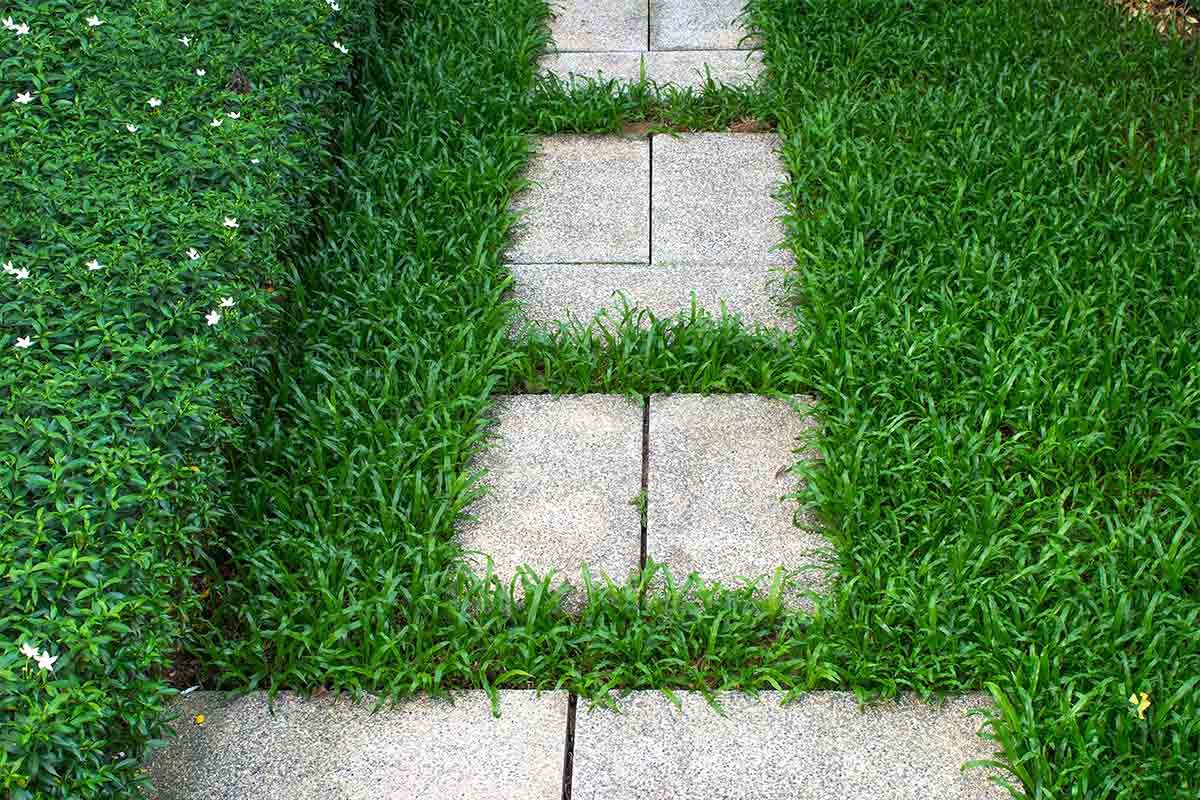
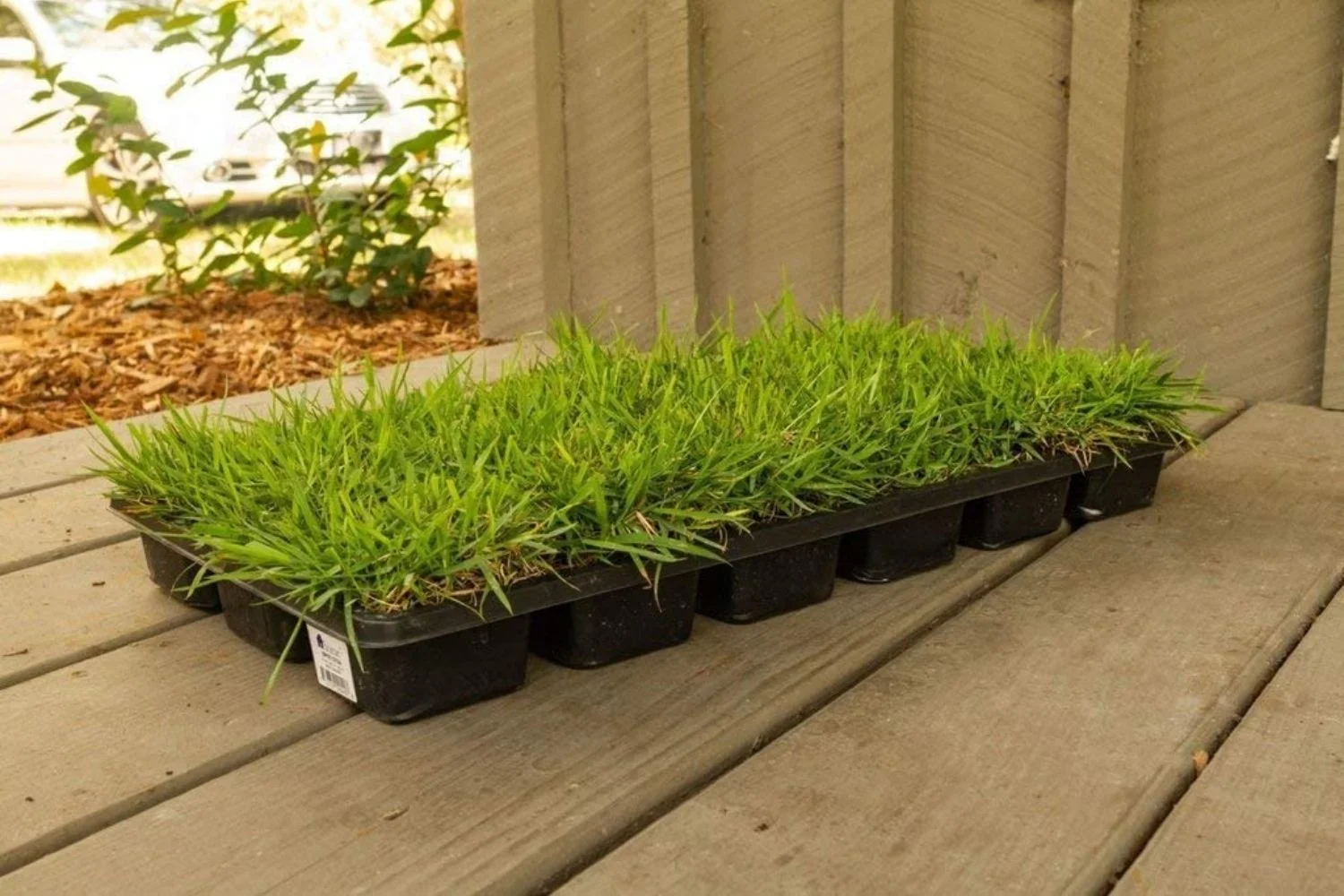
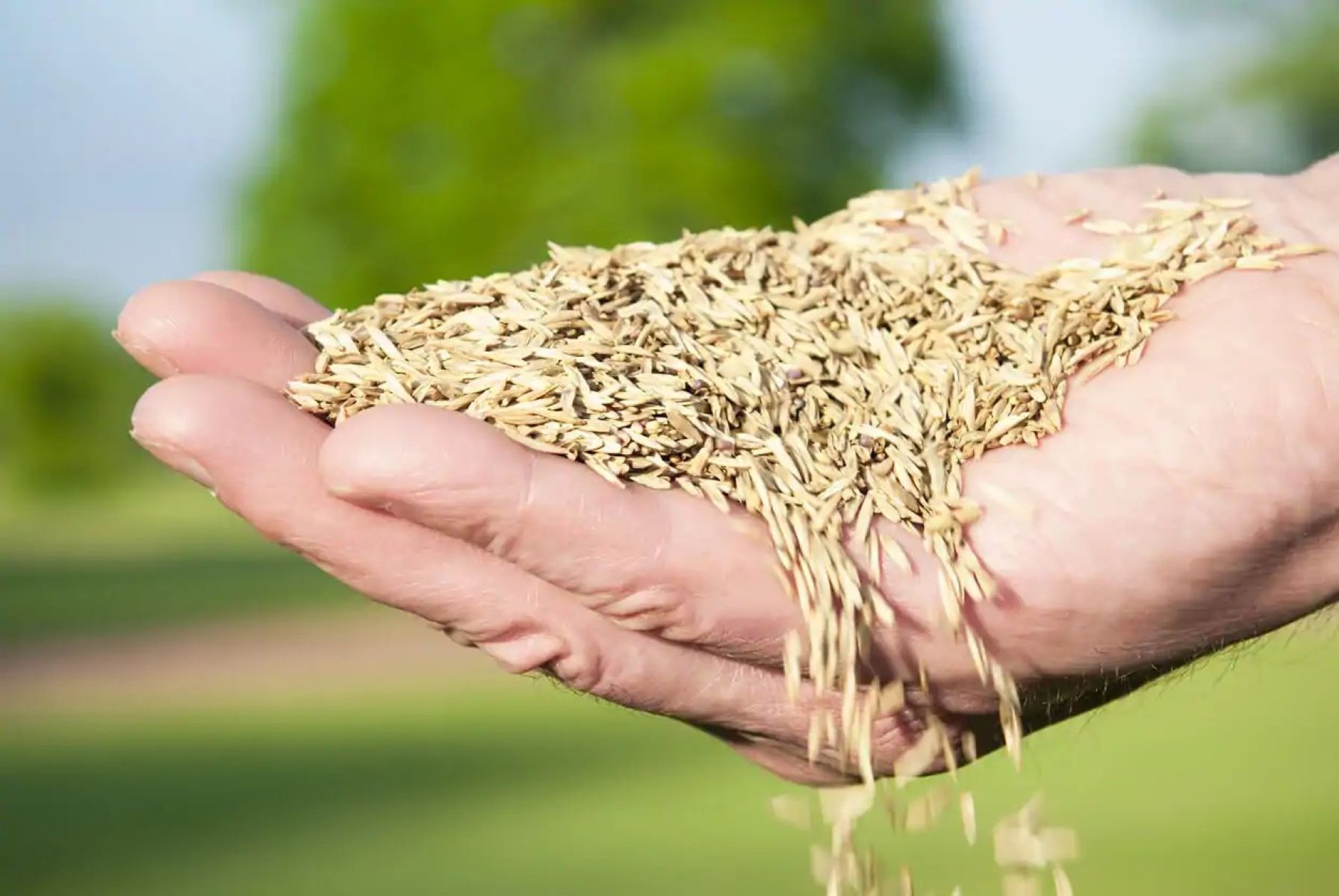
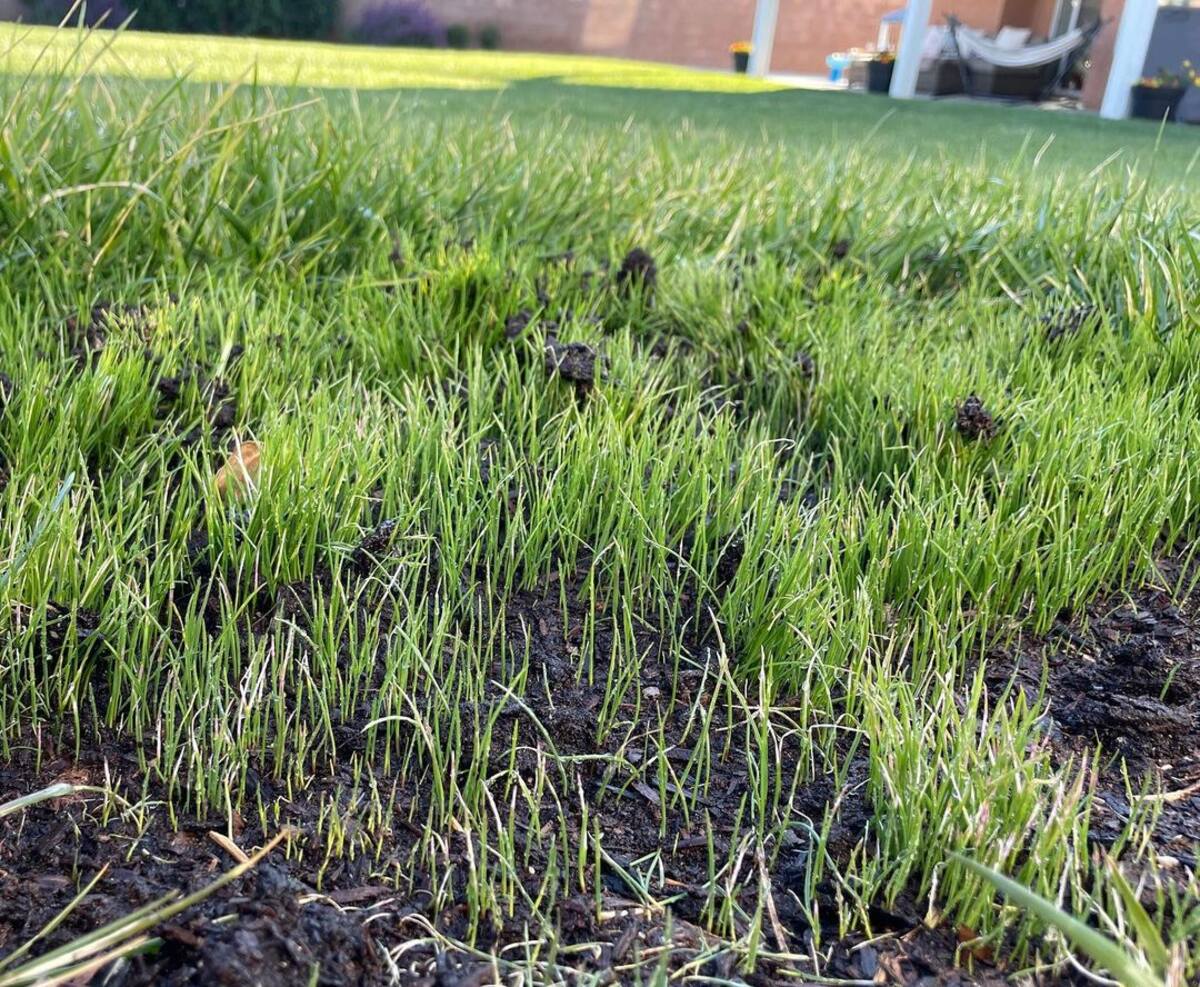
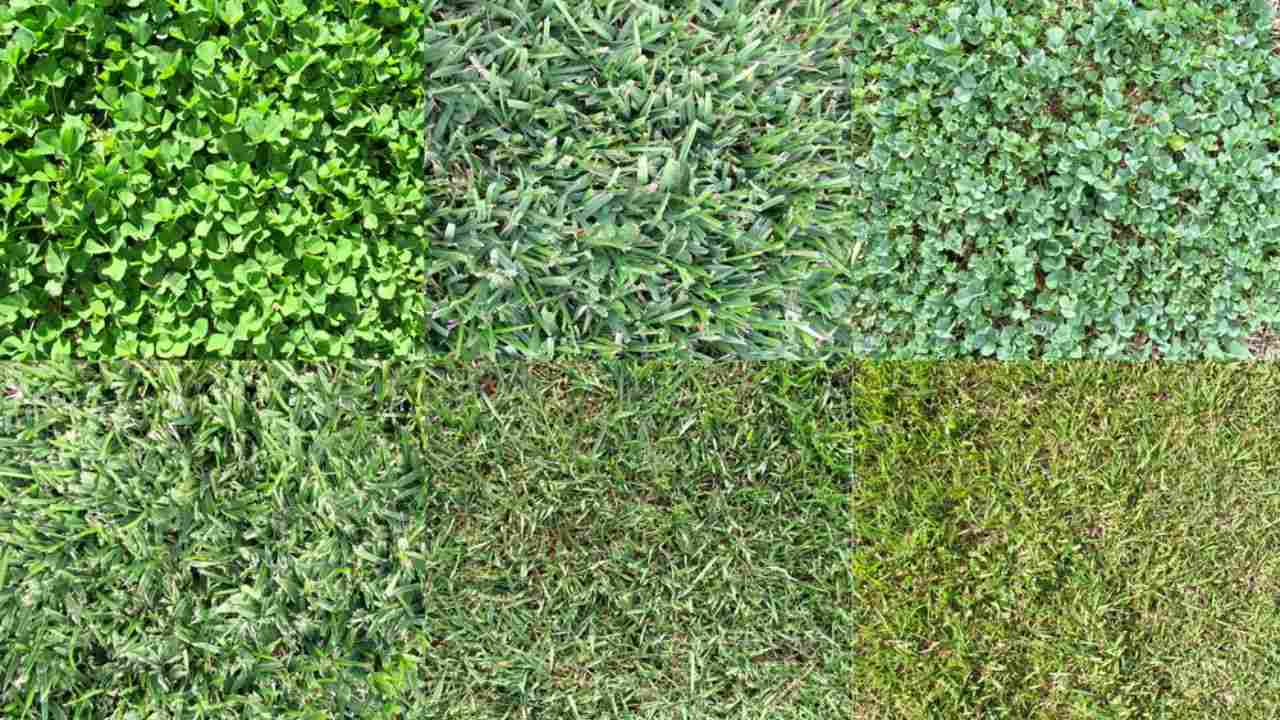
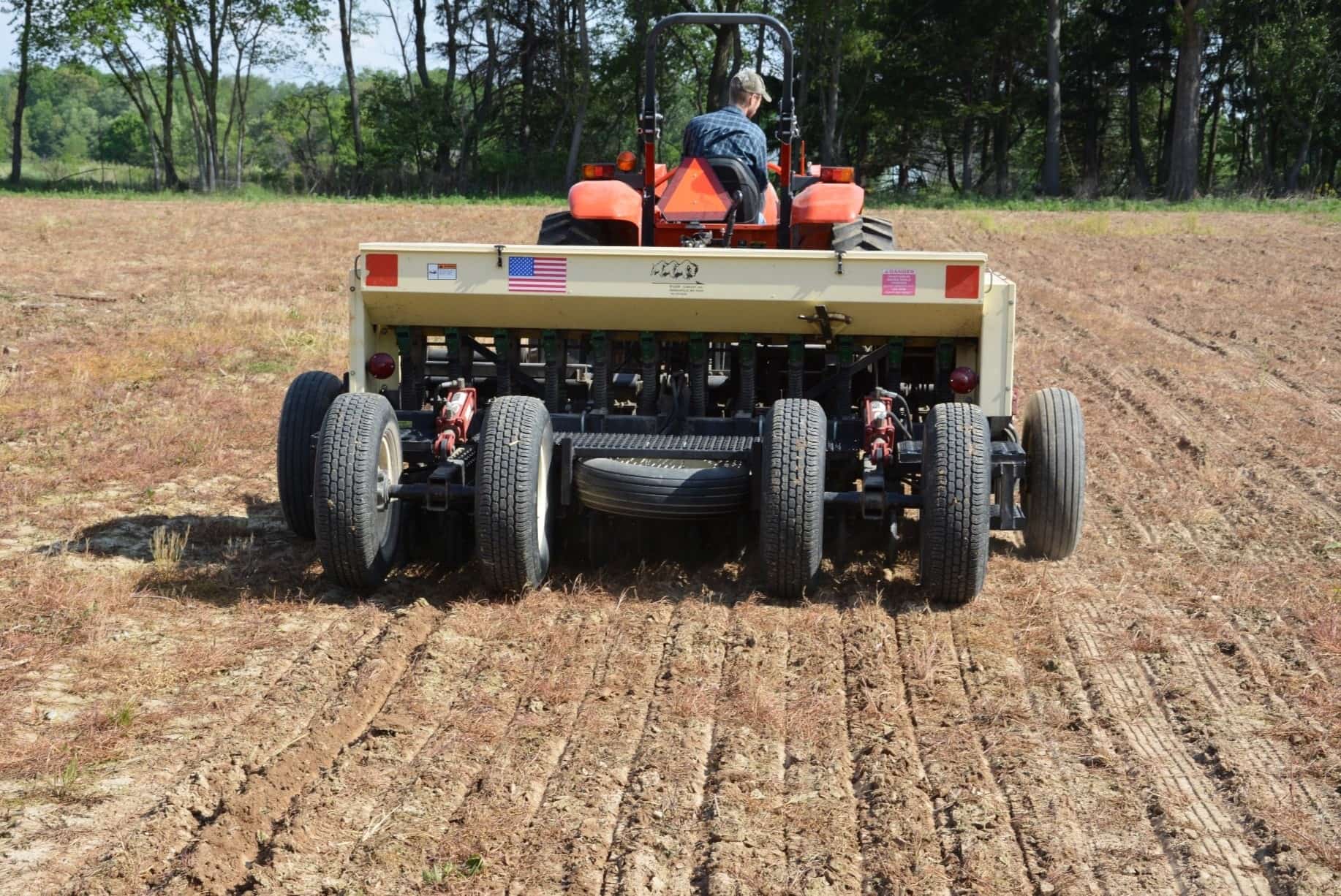
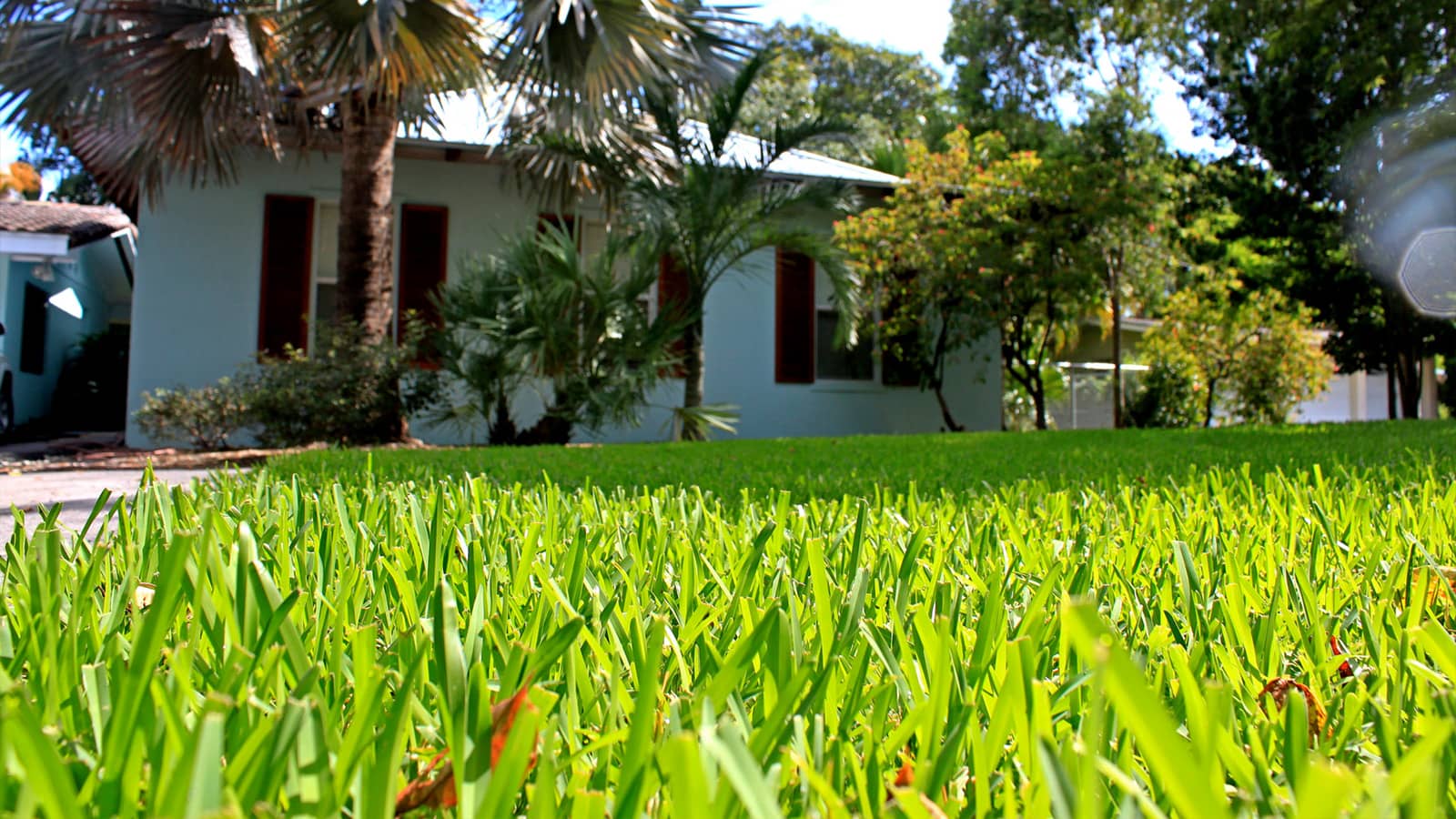

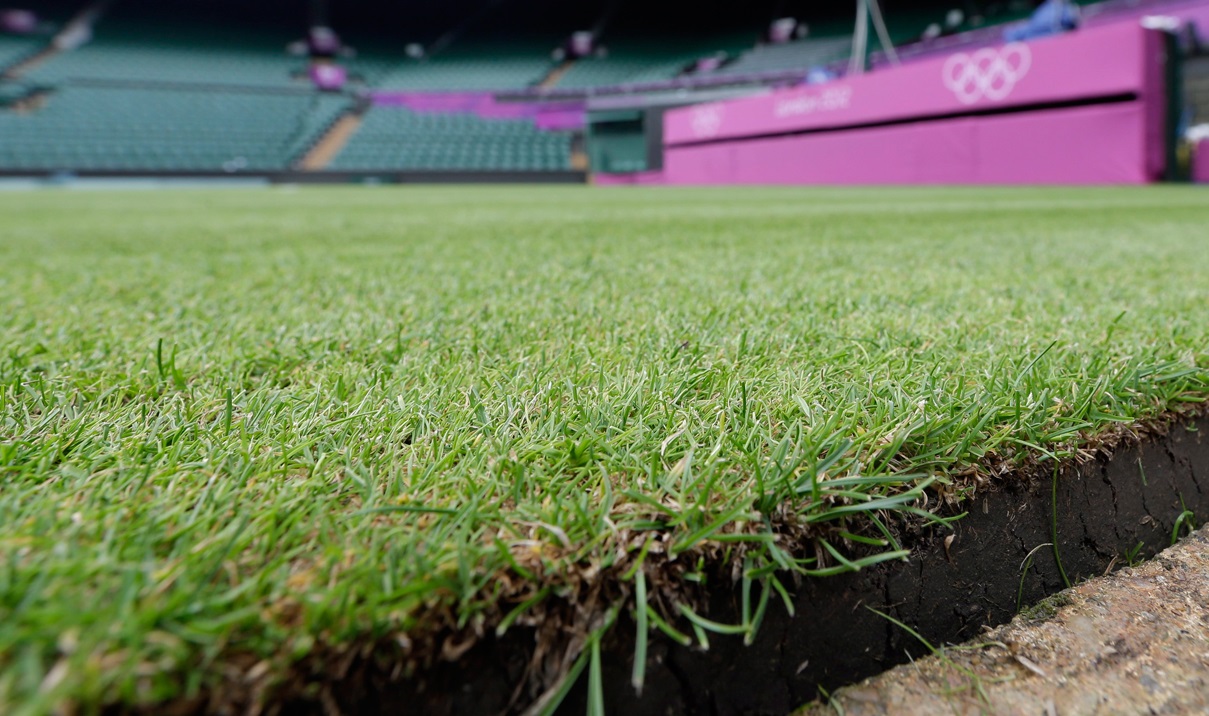
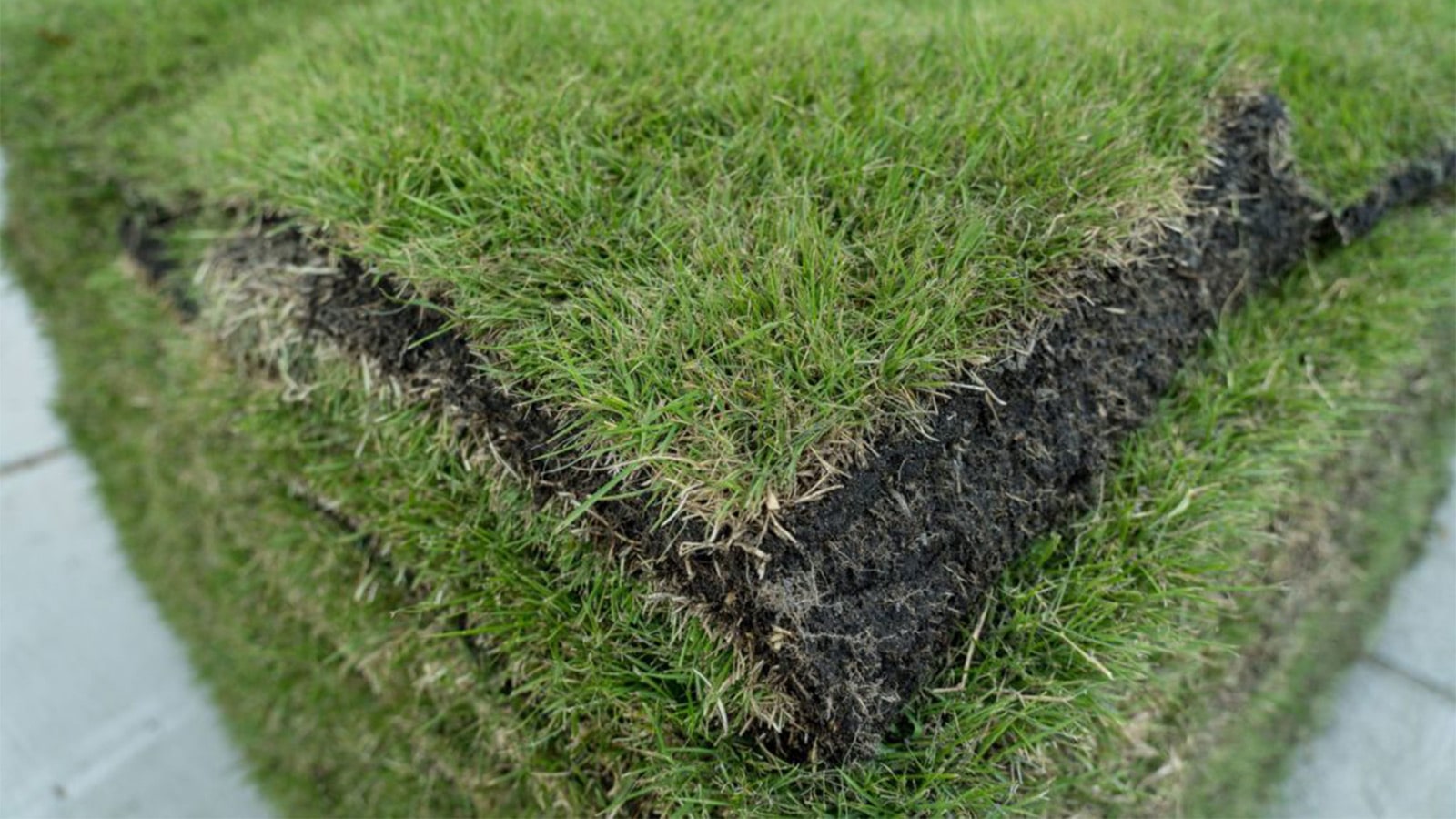
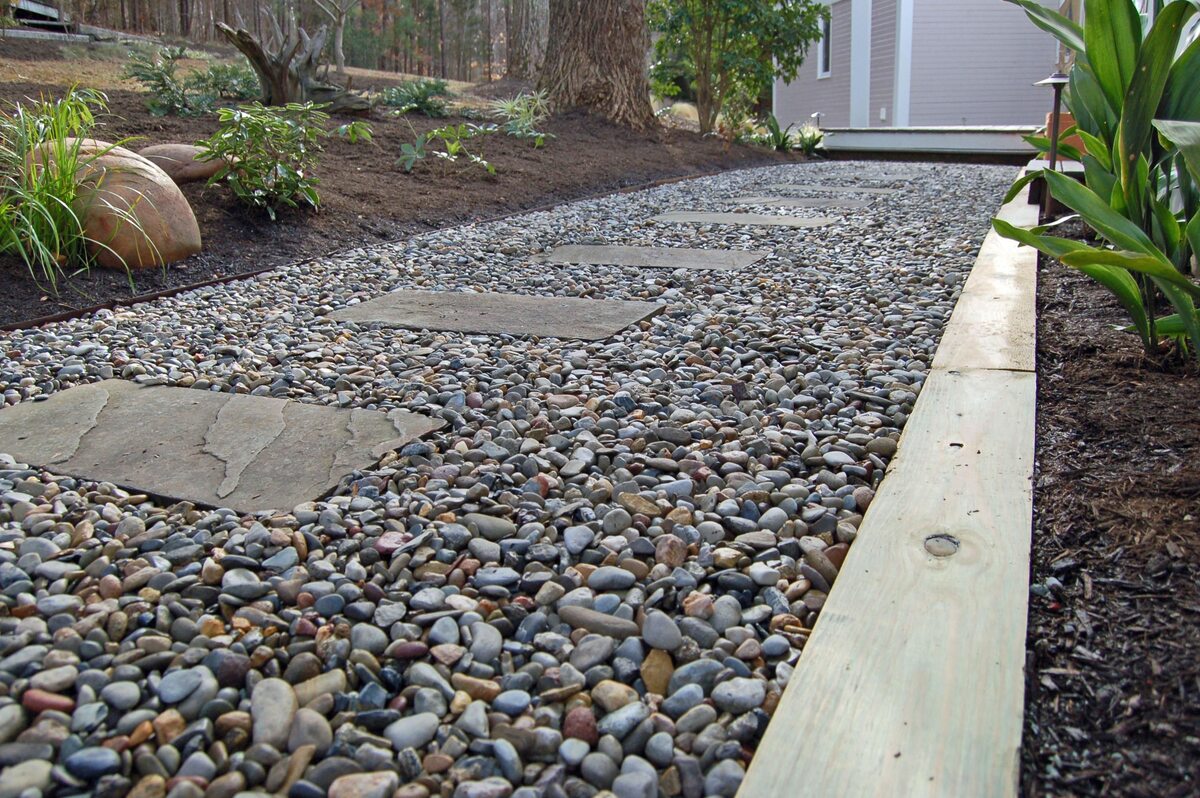
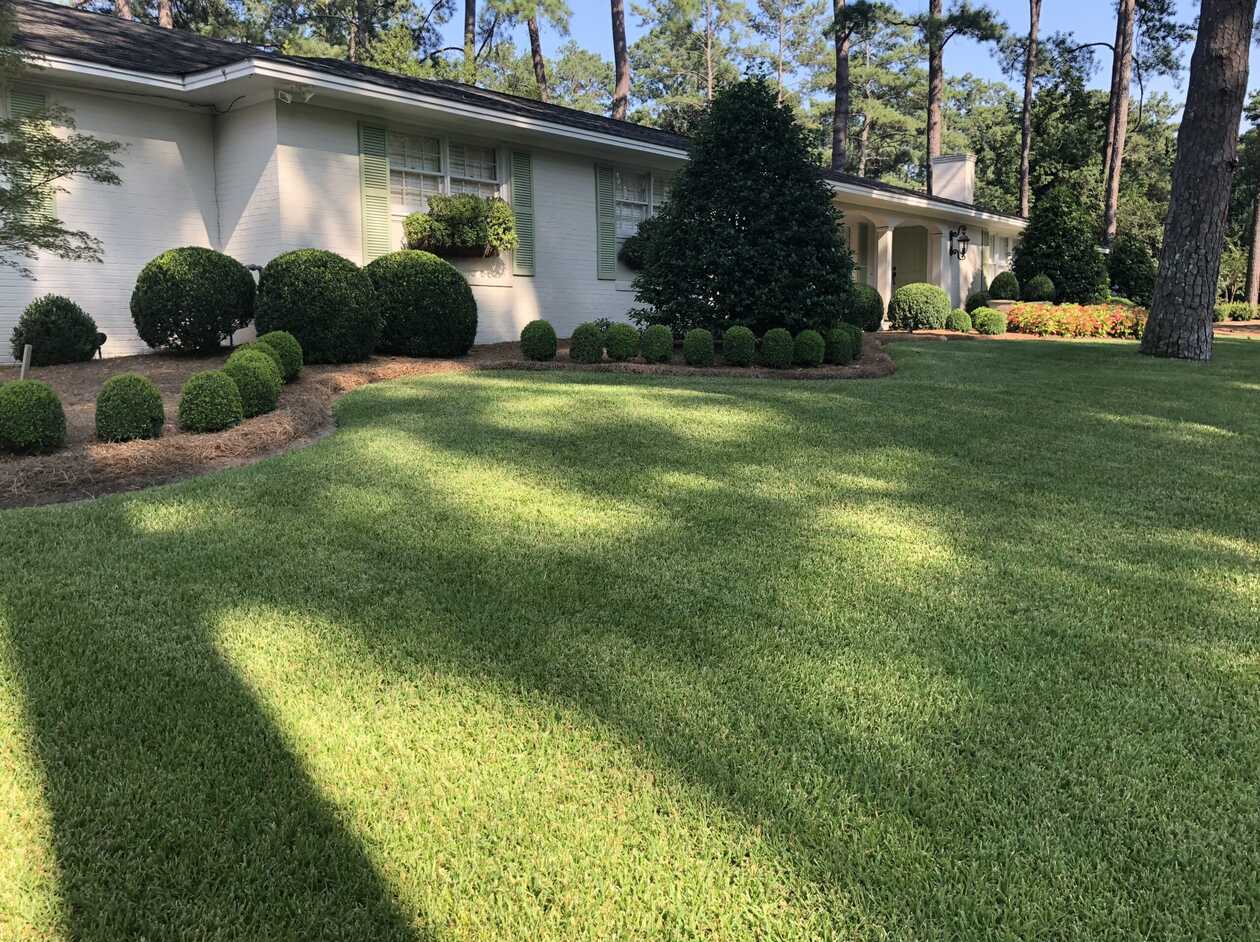

0 thoughts on “What Kind Of Grass Grows In Indiana”